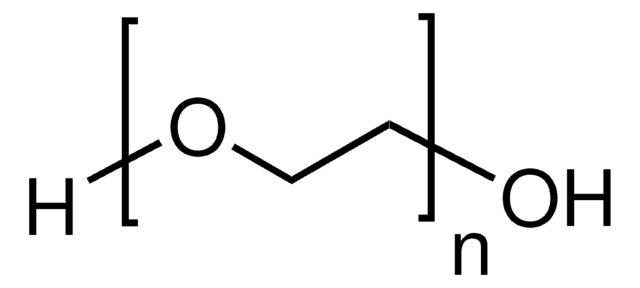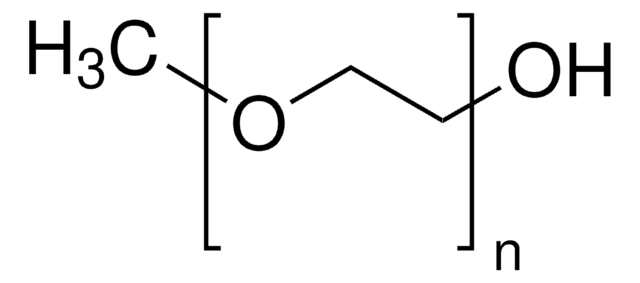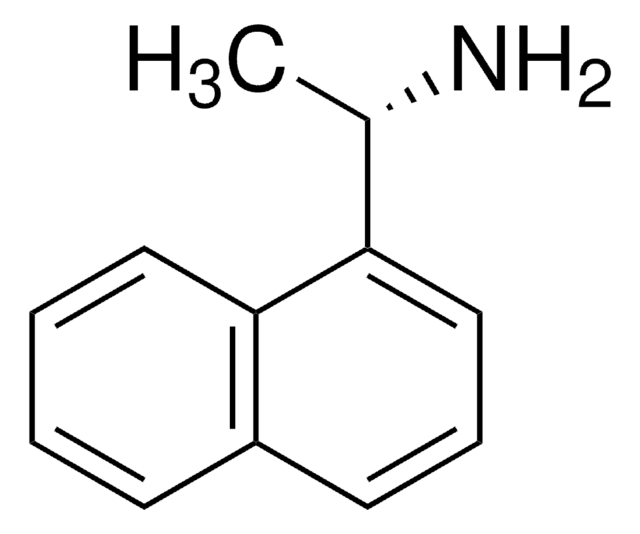295906
Poly(éthylène glycol)
average Mn 2,050, chips
Synonyme(s) :
PEG
About This Item
Produits recommandés
Nom du produit
Poly(éthylène glycol), average Mn 2,050, chips
Forme
chips
Niveau de qualité
Poids mol.
average Mn 2,050
Pf
52-54 °C
Extrémité Ω
hydroxyl
Extrémité α
hydroxyl
Chaîne SMILES
C(CO)O
InChI
1S/C2H6O2/c3-1-2-4/h3-4H,1-2H2
Clé InChI
LYCAIKOWRPUZTN-UHFFFAOYSA-N
Vous recherchez des produits similaires ? Visite Guide de comparaison des produits
Catégories apparentées
Application
- Cytotoxicity Study of Polyethylene Glycol Derivatives: Evaluates the cytotoxic effects of various PEG derivatives, important for chemists in pharmaceutical development and safety assessment (Liu et al., 2017).
- ExtraPEG: A Polyethylene Glycol-Based Method for Enrichment of Extracellular Vesicles: Introduces a PEG-based method for isolating exosomes, useful for researchers in biomedical and clinical sciences (Rider et al., 2016).
Autres remarques
Code de la classe de stockage
11 - Combustible Solids
Classe de danger pour l'eau (WGK)
WGK 1
Point d'éclair (°F)
Not applicable
Point d'éclair (°C)
Not applicable
Équipement de protection individuelle
Eyeshields, Gloves, type N95 (US)
Faites votre choix parmi les versions les plus récentes :
Déjà en possession de ce produit ?
Retrouvez la documentation relative aux produits que vous avez récemment achetés dans la Bibliothèque de documents.
Les clients ont également consulté
Articles
Progress in biotechnology fields such as tissue engineering and drug delivery is accompanied by an increasing demand for diverse functional biomaterials. One class of biomaterials that has been the subject of intense research interest is hydrogels, because they closely mimic the natural environment of cells, both chemically and physically and therefore can be used as support to grow cells. This article specifically discusses poly(ethylene glycol) (PEG) hydrogels, which are good for biological applications because they do not generally elicit an immune response. PEGs offer a readily available, easy to modify polymer for widespread use in hydrogel fabrication, including 2D and 3D scaffold for tissue culture. The degradable linkages also enable a variety of applications for release of therapeutic agents.
Notre équipe de scientifiques dispose d'une expérience dans tous les secteurs de la recherche, notamment en sciences de la vie, science des matériaux, synthèse chimique, chromatographie, analyse et dans de nombreux autres domaines..
Contacter notre Service technique





